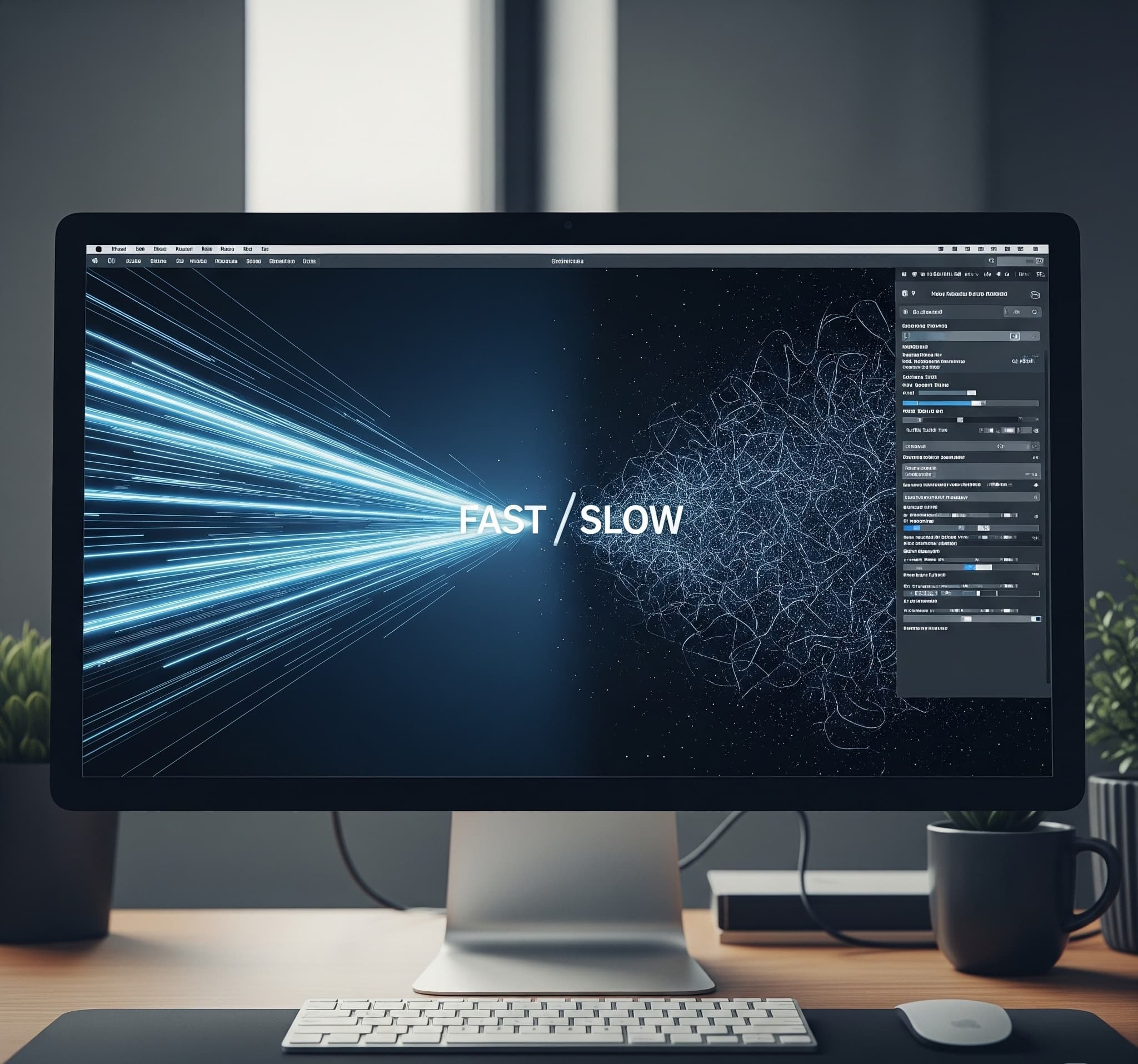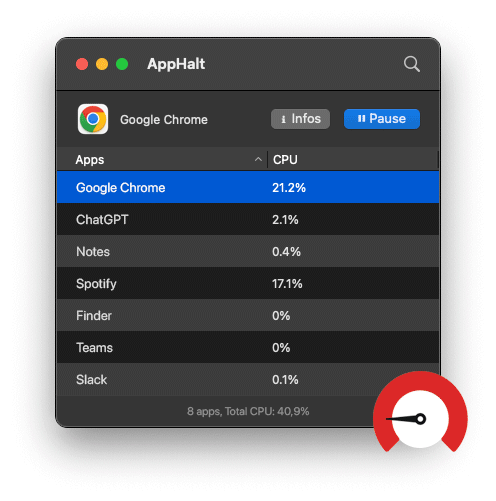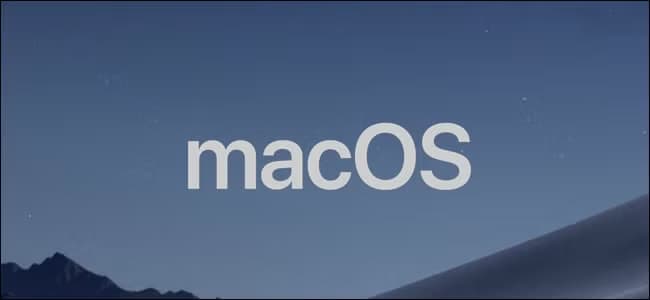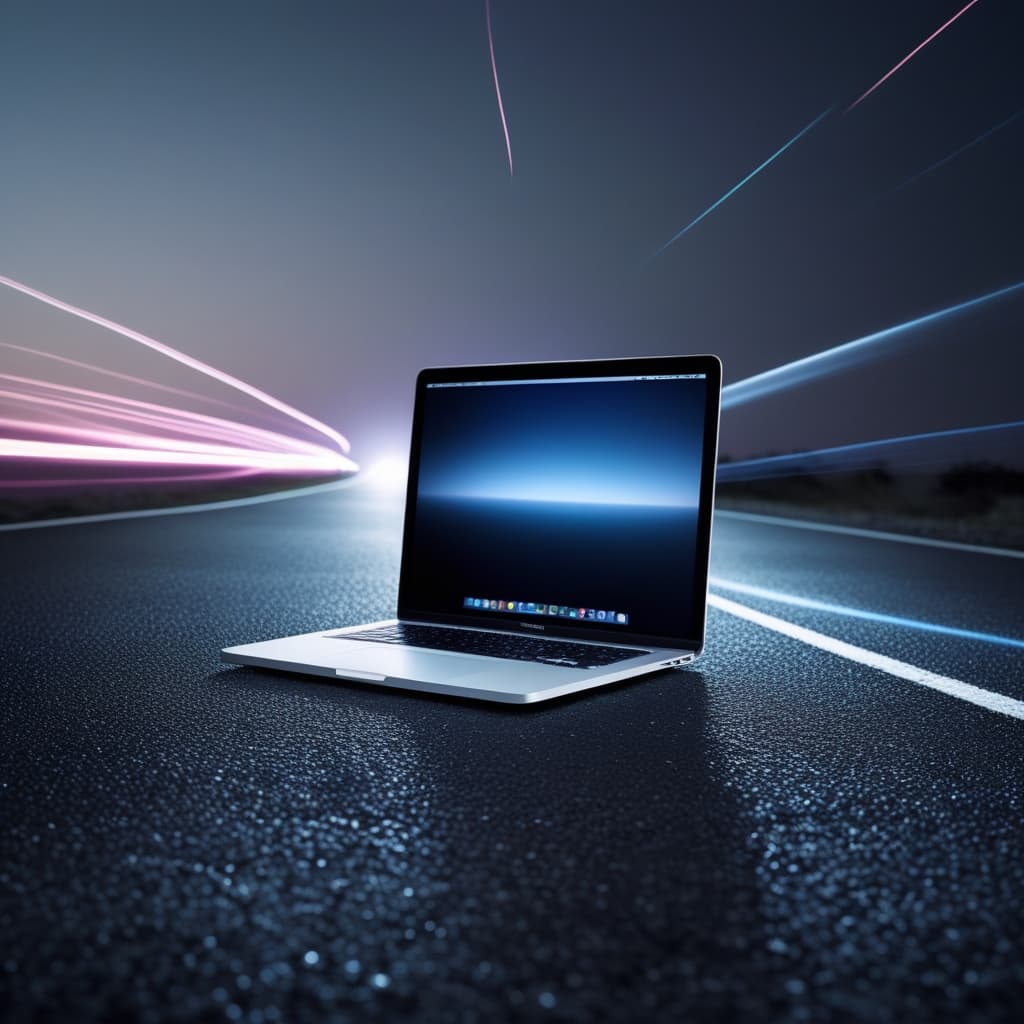Mac Slow After macOS Tahoe Update? Here’s What You Need to Know
macOS Tahoe is here—with its sleek redesign, AI-powered enhancements, and new multitasking features. But for many users, the excitement was short-lived. If your Mac feels slow after the macOS Tahoe update, you’re far from alone.
From UI animations stuttering to apps taking forever to open, performance issues are becoming a hot topic. Whether you’ve updated a MacBook Air or a Mac Studio, this article will help you fix the slowdown and get the most out of macOS Tahoe.
What Causes macOS Tahoe to Slow Down Your Mac?
1. New Background Services
macOS Tahoe introduced AI-powered system assistants and live activity syncing. These smart features are amazing—but also demanding. On machines with 8–16GB RAM, you’ll quickly feel the hit.
2. Legacy Apps Still Catching Up
Many third-party apps aren’t fully compatible with Tahoe yet. Even popular ones like Photoshop, Slack, or Dropbox may behave erratically—causing slowdowns, memory leaks, or beachballs.

3. UI & Visual Overhead
Tahoe’s new window effects and live tiles are eye-candy—but GPU-heavy. On older Intel Macs or entry-level M1 models, these effects can eat into performance, even while idle.
4. More System Syncing by Default
With cross-device intelligence and more aggressive iCloud sync, your Mac is doing a lot—especially in the first few days post-update. This means constant disk and network activity.
How to Fix Your Slow Mac After the macOS Tahoe Update
✅ Step 1: Pause Apps with AppHalt
AppHalt gives you control over your Mac’s performance. Instead of quitting heavy apps, you can pause them. That means fewer background CPU cycles, less RAM usage, and more speed for what you’re focused on.
Perfect for pausing apps like Slack, Discord, or Adobe CC when you don’t need them every second. Resume them instantly when you do.
✅ Step 2: Limit Dynamic Effects
Go to System Settings → Accessibility → Display, and enable “Reduce Motion” or “Reduce Transparency.” You’ll immediately feel a snappier system, especially when switching desktops or windows.
✅ Step 3: Monitor Resource Usage
Use Activity Monitor to see which apps are hogging memory or CPU. Sort by “% CPU” or “Memory” and identify any outliers. If it’s an older app not optimized for Tahoe—it’s a great candidate for pausing with AppHalt.
✅ Step 4: Clean Up Login Items
macOS tends to reactivate previous login items post-update. Go to System Settings → General → Login Items and trim the list. Less clutter at startup = faster Mac overall.
✅ Step 5: Restart After Major Updates
After installing Tahoe, it’s wise to restart your Mac at least twice. This clears leftover memory, resets some processes, and allows background updates to finish cleanly.
Why AppHalt Is a Must-Have for macOS Tahoe
macOS is getting smarter—but that comes at a price. AppHalt gives you manual control over background activity. It’s not a RAM cleaner. It’s smarter than that.
With AppHalt, you can:
- ✅ Pause demanding apps without quitting them
- ✅ Instantly free CPU and RAM for active tasks
- ✅ Extend battery life by reducing unnecessary usage
- ✅ Avoid lags and heat buildup during work sessions

Smart Sleep = Smart Mac
With Smart Sleep, AppHalt pauses apps that have been idle in the background for too long. No setup needed. Just install, and let it optimize quietly.
Conclusion: Make Tahoe Work for You (Not Against You)
macOS Tahoe is powerful, beautiful—and sometimes too much for your Mac to handle alone. Don’t let performance bugs ruin the experience.
AppHalt helps you tame the system. Pause what’s not essential, prioritize what matters, and enjoy Tahoe without the lag.
Because a Mac should feel fast—even with all the new features.

🚀 Upgrade Without Slowing Down
macOS Tahoe is here. Make sure your Mac is ready for it. Pause, resume, and optimize your workflow in one click with AppHalt.
- ✅ Pause heavy background apps
- ✅ Regain speed after the update
- ✅ Stay productive, always


